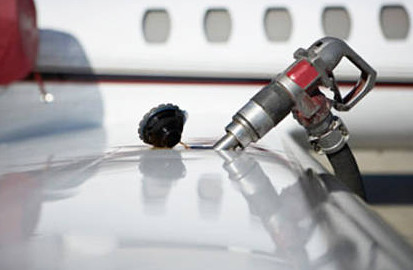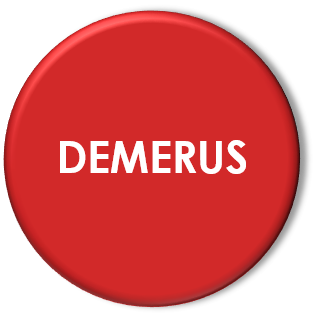 Kerosene treatment is carried out in two ways: hydrotreating or alkaline oxidative sweetening. Kerosene treatment is needed to meet the requirements for the content of corrosive mercaptan sulfur in jet fuel Jet A-1 (TS-1) no more than 0.003% wt. Alkaline treatment of kerosene fraction is carried out in the presence of phthalocyanine catalyst, oxygen, alkaline solution at temperature of 40-60°C and pressure up to 0.6 MPa. In this case, corrosive mercaptans are oxidized to inert disulfides according to the following reaction:
Kerosene treatment is carried out in two ways: hydrotreating or alkaline oxidative sweetening. Kerosene treatment is needed to meet the requirements for the content of corrosive mercaptan sulfur in jet fuel Jet A-1 (TS-1) no more than 0.003% wt. Alkaline treatment of kerosene fraction is carried out in the presence of phthalocyanine catalyst, oxygen, alkaline solution at temperature of 40-60°C and pressure up to 0.6 MPa. In this case, corrosive mercaptans are oxidized to inert disulfides according to the following reaction:
2RSH + 0,5O2 → RSSR + H2O
Synonymous with the term kerosene treatment are mercaptan removal from kerosene or kerosene deodorization. It is estimated that the capital costs for alkaline treatment unit construction is at least 12 times less compared with hydrotreating unit.
Kerosene hydrotreating is carried out in the presence of nickel-molybdenum catalyst, hydrogen and kerosene at temperature of 350÷400°C and a pressure of 3.0÷4.0 MPa. In this case, all sulfur compounds in kerosene are converted to hydrogen sulfide and supplied to the Claus unit for oxidation to elemental sulfur. Kerosene fraction treatment process is also applicable for producing odorless white spirit.



